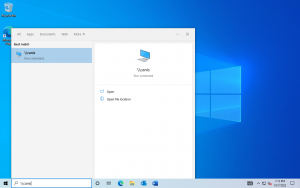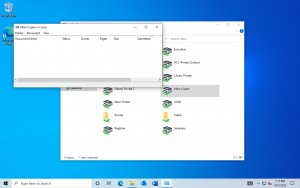On Friday May 12th, a massive cyber attack was launched and has affected more than 230,000 computers in over 150 countries worldwide. The attack affects computers running Microsoft Windows operating systems, particularly the older variety such as Windows XP. This Wikipedia article goes into more detail about the ransomware called WannaCry. There is a screenshot available which you should review.
https://en.wikipedia.org/wiki/WannaCry_ransomware_attack
There are already measures in place to reduce the potential for a software like this to affect our internal network. However, there are still a few good things to keep in mind.
- Be extremely critical of links and attachments within emails (even the one in this email). If you receive an email with a link or attachment, make absolutely sure you know who sent you the email in the first place. Even if the display name (the sender’s name that you can see) is a person or company your trust, the underlying email address may be different.
- If you need to take action based on a request in an email, navigate to the website directly. As an example, instead of clicking the link above to the Wikipedia article, open your browser, start with a fresh Google search page, and search for the name of the virus directly. The first or second result should be that Wikipedia article.
- At any time if you are unsure of an email or website, please feel free to ask a member of our IT staff.
If you believe you have been affected by this virus (or any virus), unplug the network cable from the back of your workstation and come find me right away.


